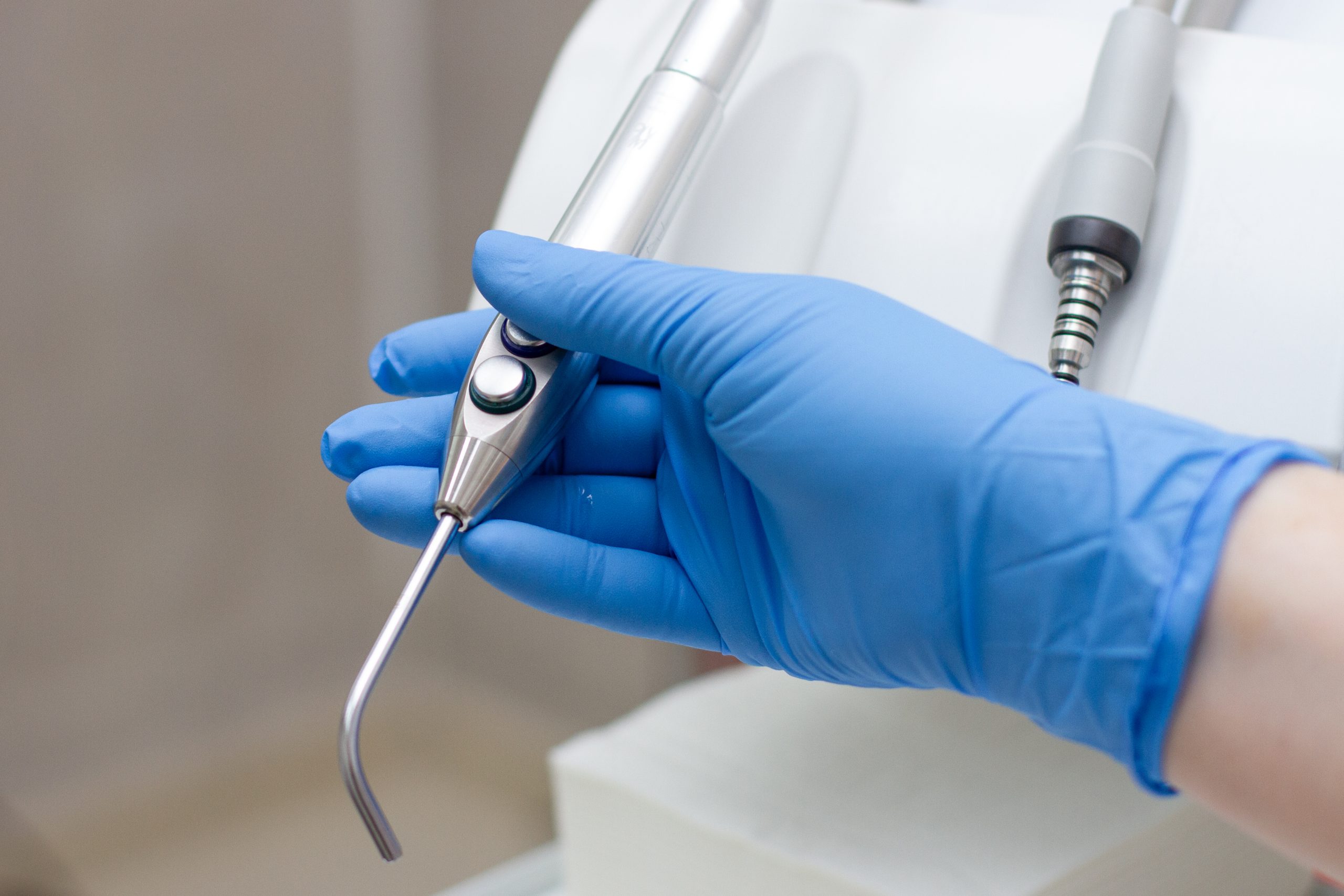Dental lasers maximise the patient’s comfort in the treatment of gum diseases. Laser assisted gum treatments are used to cure gum pigmentation (gingival pigmentation), level and symmetry disorders in the gums.
What Causes Gum Diseases?
The main factor in the formation and development of gum diseases is inadequate or improper oral care.
The gold standard for daily oral care is brushing the tooth surface twice a day with a toothbrush using a small amount of toothpaste and once a day cleaning between the teeth with a care product such as dental floss, interdental brush or mouthwash.
Although the main factor in the occurrence of gum diseases is inadequate oral care, there are a number of facilitating factors:
- Genetic predisposition
- Smoking
- Diabetes
- Vitamin deficiency
- Mouth breathing
- Pregnancy
- Alcohol use
- Improper filling and coatings
- Chronic drug use
- Hormonal changes
- Rheumatic diseases
- Weak immune system
How Are Gum Diseases Treated?
Gum diseases in the initial stage are treated with professional dental cleaning. However, in order to maintain this healthy condition, it is essential for the patient to establish daily oral care routine.
Intermediate and advanced gum treatment additionally includes curettage (scraping) of the tooth root surface or detoxification of the tooth root surface and gums with a dental laser.
Laser-Assisted Periodontal Treatment Advantages
Laser assisted gum treatments are much more comfortable than conventional root surface scraping. The laser-cleaned area is disinfected by the laser beam. Recovery and healing after laser treatment are much faster.
Laser tips can easily reach very deep pockets in the gums; they can effectively detoxify even areas that conventional hand tools cannot reach. However, its success in clinically achieving the effectiveness of the classical method of gingival curettage is being investigated
Importance of Treating Gum Diseases On Time
In case of progression of gum diseases, pathological melting occurs in the bone tissue that surrounds and supports the tooth. In the future, the tooth may start to wobble and in case of increased wobbling, the tooth is lost together with the surrounding bone tissue.
The dramatic situation here is the loss of bone tissue along with the tooth; because areas with bone loss are also difficult areas for dental implant applications. Therefore, treatments that can be applied in the future are also put at risk.
However, chronic gum diseases also pose a risk for patients with different medical problems. Diabetes, patients with vascular occlusion, immune system problems and many other systemic diseases require the elimination of foci of infection in the body; gum disease is one of them.
Another point that should not be overlooked is that in most cases it is impossible to regain lost tissues with the treatment of gum disease. Rather, treatment is aimed at stopping the disease and preserving the remaining tissues.
In many cases, the recovery of lost tissues requires more complex treatment methods, and in some cases it is not possible. For all these reasons, it is vital that daily oral care is not interrupted and that existing gum disease is treated.




